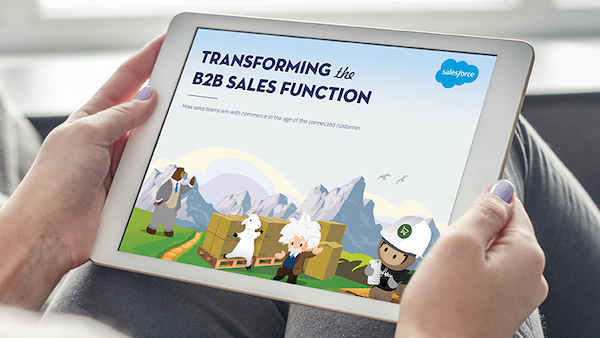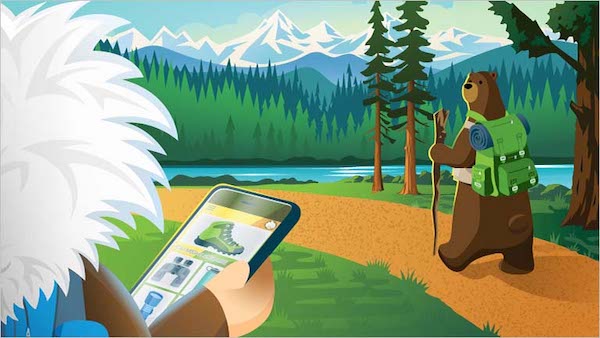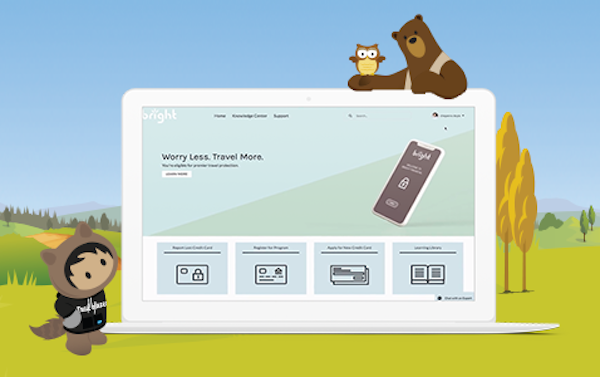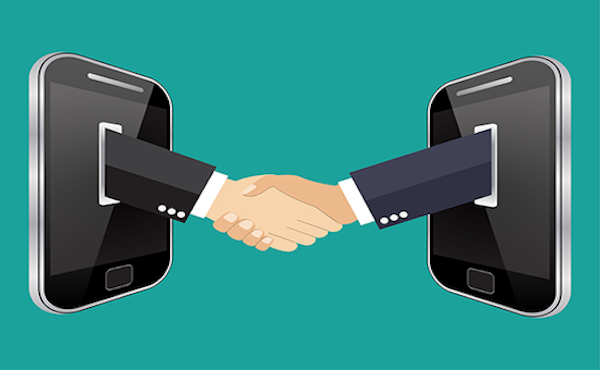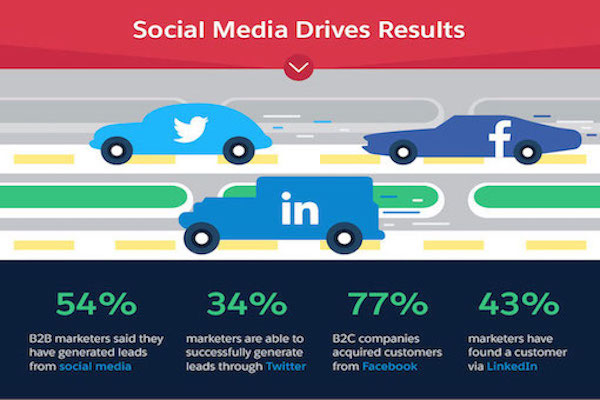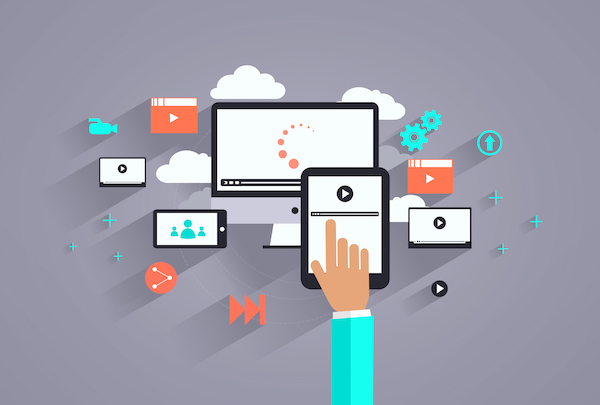B2B ecommerce strategies are increasingly emphasising B2C-like customer experiences. This means that hyper-personalised communication, flexible service, and anytime, anywhere engagement are becoming the norm. The customer is king in the competitive B2C landscape, and B2B organisations are following suit.
But how can traditional companies turbo-charge their B2B ecommerce strategies overnight? How can they keep up with agile, modern B2C businesses that have perfected omnichannel experiences and levelled-up their social media game? It’s easier than you might think – and it starts and ends with the customer.
Why should I sell online?
Coming up with robust B2B ecommerce strategies hadn’t been on the agenda of most companies, but today’s buyers are younger and more connected than ever before. Many of these buyers are products of the digital age and expect to receive the same level of service from B2B organisations that they receive in their personal lives. According to research from the Salesforce eBook, Transforming the B2B Sales Function, nearly 70% of buyers say that they expect an “Amazon-like” experience from their business vendors.
These younger B2B buyers have moved online in droves, and the global ecommerce market is predicted to increase by trillions of euros by 2024. If you haven’t investigated B2B ecommerce strategies yet, the time to act is right now.
What do B2B customers really want?
Today’s B2B buyer tends to be savvy and plugged in. This means that they do plenty of research and turn to peers and online communities for recommendations. In other words, they don’t respond well to the hard sell. Research from Salesforce’s State of the Connected Customer reveals that 78% of buyers want “salespeople who act as trusted advisors with knowledge of their needs and industries”.
They also expect easy and seamless customer journeys. B2C ecommerce has redefined customer expectations, and those expectations have now carried over to B2B. Buyers expect an omnichannel experience across all of their favourite channels, including social media. According to Forrester, B2B sellers who embrace social selling are 72% more likely to exceed quotas than their peers who don't. This is a new challenge for some organisations, whose previous B2B ecommerce strategy may have revolved around just operating a website.
As stated in the Transforming the B2B Sales Function eBook, “86% of B2B salespeople say that having a connected view of customer data across marketing, sales and service is important to increasing customer satisfaction.” Big data is driving everything, including B2B ecommerce strategies.
Here are a few ways that B2B organisations can provide a B2C-like experience to boost their ecommerce sales.
Top 5 tips to increase your B2B ecommerce sales
1) Provide a personalised shopping experience:
Highly personalised shopping experiences have become the benchmark in B2C ecommerce, and they’re now becoming standard in B2B as well. In fact, 72% of business buyers now expect vendors to personalise engagement.
Using AI will help B2B organisations craft personalised customer journeys and empower sales teams. According to our research, “high-performing sales teams are 4.9x more likely than underperformers to have already adopted AI for things like intelligent forecasting, opportunity insights, and lead prioritisation.”
2) Offer self-service for B2B buyers:
B2B buyers have traditionally relied on help at every stage of the buying process, but that’s changing dramatically. A McKinsey report shows that the buyer’s preference for self-service options has increased sharply across the board over a three-year period. Buyers now want to be in charge of their own journey at every step, from researching through reordering.
Commerce Cloud is a Salesforce solution specifically designed for today’s B2B companies. It provides B2B buyers with a consumer-like experience on any device and at any time. This means improved efficiency, better self-service options, and 24/7 access.
3) Be mobile friendly:
The world has gone increasingly mobile, and there’s no reason why B2B would be any different. The B2B world is now pocket-sized, and good B2B ecommerce strategies should capitalise on this fact.
The pandemic only accelerated mobile engagement, as in-app ordering increased by a whopping 250%. B2B companies that aren’t catering to their on-the-go buyers will be increasingly left in the dust.
4) Don’t ignore social media:
Younger buyers now expect to be met in the online places where they spend the most time, and for many, that’s on social media. Good B2B ecommerce strategies study many different channels but primarily focus on LinkedIn.
When it comes to social media, 80% of B2B leads come from LinkedIn, while 14% come from Twitter and 7% from Facebook. Social Studio helps B2B companies gather data from social media interactions and fine-tune their messaging.
5) Share videos on your website:
Content is important, even in B2B. Try to think of unique ways to highlight your products or services, and make this a differentiator. For instance, Adidas created an augmented reality app that lets users try on their trainers virtually. Volvo set up VR test drives. The New York Times sent subscribers VR glasses so they could watch an immersive film about a village being decimated by war – effectively turning their mobile phones into portable empathy machines.
No one expects B2B companies to go this far with their content. But a set-it-and-forget-it website isn’t enough to capture the buyer’s attention. Share videos, interactive content, and customer stories that enable the buyer to better connect with your company.
Have you figured out your B2B ecommerce strategy yet?
Having to introduce new technologies and nurture new skill sets can be a challenge. But the world is changing, and businesses need to change too. If you still haven’t explored B2B ecommerce strategies, what are you waiting for?
Check out the Forrester report, “B2B Embraces Its Omnichannel Commerce Future”, and get started today.

